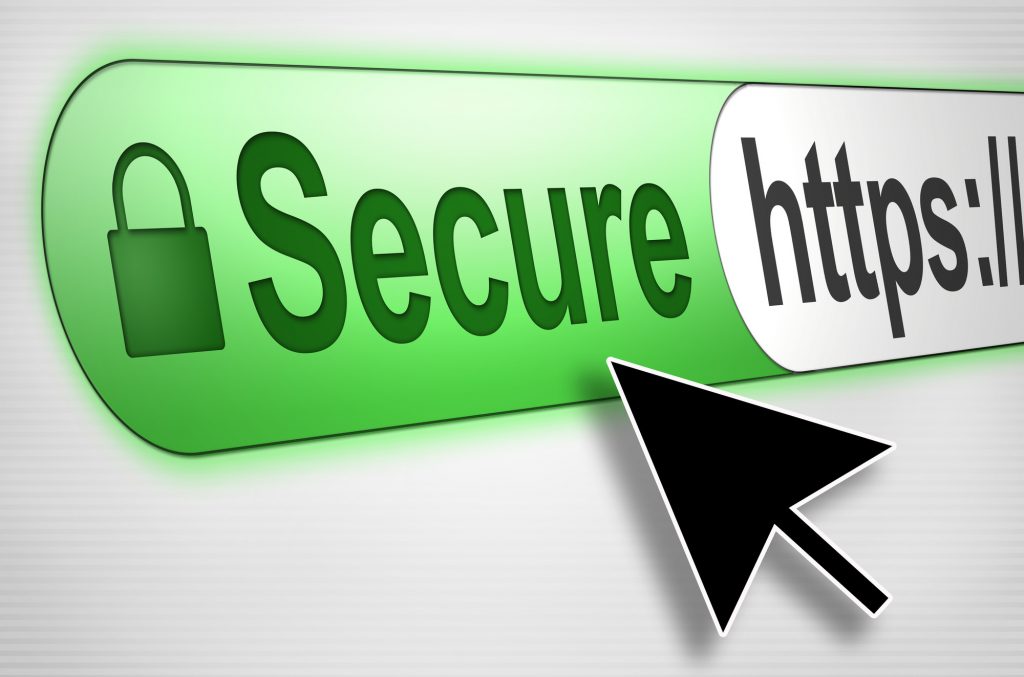In today’s fast-paced digital world, speed is crucial. When it comes to websites, visitors expect fast-loading pages, and a slow website can cause frustration, loss of traffic, and revenue. Slow website speed is a common issue that affects both small and large businesses, but the good news is that it is often fixable. In this blog post, we will discuss why your website is slow, and methods to fix them.
Why Is Your Website Slow?
If you are a website owner or operator, you might have encountered the problem of a slow website. It is not only frustrating for the users but also has a negative impact on your business. A slow website can lead to a decrease in traffic, user engagement, and revenue.
Here Are Some Reasons Why Your Website Might Be Slow:
1. Server Issues: A slow server can be a major cause of a slow website. If your server is not able to handle the traffic, it can result in slower page loading times. This can be due to several factors such as a lack of resources, outdated software, or too many websites hosted on the same server.
2. Large Image Sizes: Images play a significant role in website design and content. However, large image sizes can slow down your website. This can be resolved by optimizing the images for the web, compressing them, or using a content delivery network (CDN).
3. Excessive Plugins: While plugins can enhance the functionality of your website, they can also be a reason for a slow website. Each plugin you add to your website can slow it down. Hence, it is essential to limit the number of plugins you use and only install the necessary ones.
4. Unoptimized Code: The code used to build your website can also be a factor for a slow website. Code that is not optimized can take longer to load and result in a slow website. Hence, it is essential to use clean and optimized code to improve your website’s speed.
5. Bad Hosting: A bad hosting provider can be a significant factor for a slow website. If your hosting provider has poor uptime, slow servers, or lack of resources, it can result in a slow website. It is essential to choose a reputable hosting provider that can handle your website traffic.
So, identifying the cause and resolving it can improve your website speed, user engagement, and revenue.
10 Causes Of Slow Website (Methods to Resolve and Fix it)
1. Choose a trustworthy web hosting solution:
One of the most significant factors that affect website speed is the web hosting solution. Choosing a reliable web hosting company can make all the difference in website performance. A good web hosting solution should have fast servers and a 99.9% uptime guarantee. A trustworthy hosting solution can also provide regular maintenance, updates, and support.
2. Choose a server that is local:
Choosing a server that is located near your target audience can help reduce the latency and load time. If you have a global audience, consider using a Content Delivery Network (CDN) that can help distribute content across multiple servers, reducing the load on any single server.
3. Image and videos optimization:
Images and videos are crucial components of any website. However, large files can significantly slow down a website’s speed. To improve website speed, it is essential to optimize images and videos by reducing their file size. You can use various tools like Photoshop or online tools like TinyPNG to compress and reduce the file size without losing quality.
4. Do not use flash content:
Flash content can cause significant slowdowns on websites, as it requires a lot of processing power to run. Moreover, flash content is not compatible with many devices, including smartphones and tablets. Therefore, it is better to avoid using flash content altogether.
5. Using gzip compression:
Gzip compression compresses website files before sending them to the user’s browser, reducing the website’s loading time. You can resolve this by enabling gzip compression on your server.
6. Do not leave unimproved CSS:
Cascading Style Sheets (CSS) is used to style and format websites. However, unoptimized CSS can significantly slow website speed. It is crucial to improve CSS by minifying and compressing the code size, removing unused CSS, and reducing the number of HTTP requests.
7. Choose a CDN Service:
A Content Delivery Network (CDN) can help distribute website content across multiple servers worldwide. This can significantly reduce the load time for visitors from different regions. Many popular CDN services like Cloudflare, Akamai, and Amazon CloudFront are available.
8. Avoid unnecessary HTTP requests:
Every time a web page loads, it sends an HTTP request to the server to retrieve data. Multiple HTTP requests can significantly slow down website speed. To improve website speed, it is essential to avoid unnecessary HTTP requests by reducing the number of elements on a web page and merging files.
9. Reduce Ads:
Ads are a popular way to generate revenue on websites. However, too many ads can significantly slow down website speed. It is essential to reduce the number of ads and optimize their size and placement to improve website speed.
10. Improve your server:
Improving the server’s performance can significantly improve website speed. Some ways to improve server performance include using a caching system, reducing the server’s response time, and updating server software regularly.
Conclusion
In conclusion, website speed is a critical factor that can significantly affect user experience, traffic, and revenue. By implementing the ten methods mentioned in this blog post, you can improve your website’s speed and gain a better user experience.
How Can HostHaunt Help?
HostHaunt offers a range of hosting solutions that can help you optimize your website’s speed and performance. Our hosting plans come with advanced caching technologies that can speed up your website’s loading time and improve its overall performance. Additionally, we use SSD storage that can deliver faster data access times, ensuring that your website’s pages load quickly even during peak traffic hours.
Moreover, our team of experts can assist you with optimizing your website’s content, images, and code to further enhance its speed and performance. We can also provide you with valuable insights into your website’s traffic patterns and help you identify areas that need improvement.
With HostHaunt’s hosting solutions, you can ensure that your website is fast, reliable, and responsive, providing your visitors with a seamless browsing experience. Contact us today to learn more about how we can help you optimize your website’s speed and performance.




